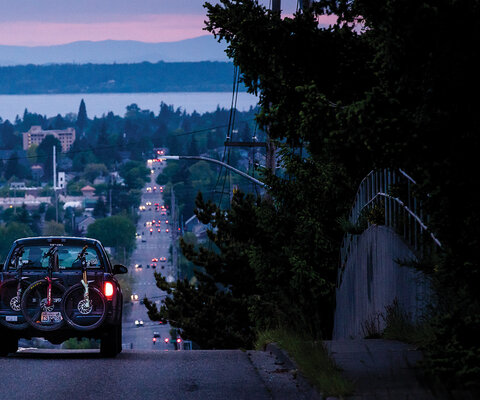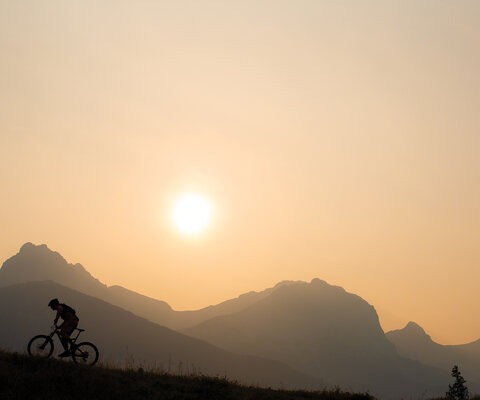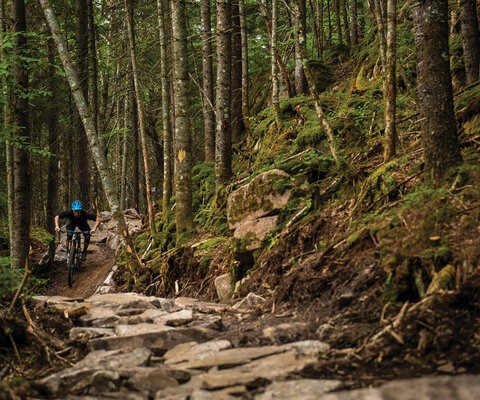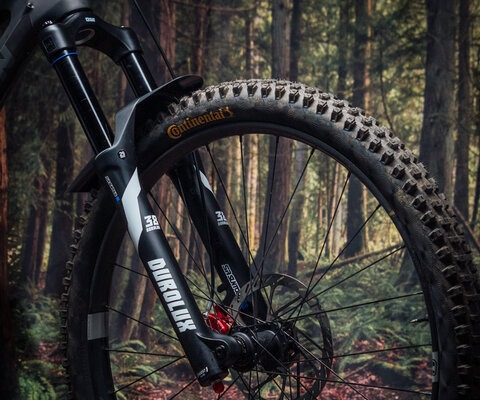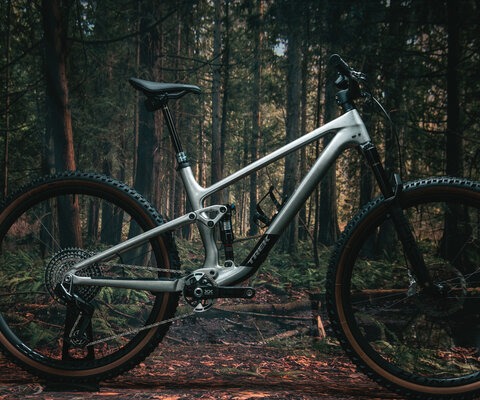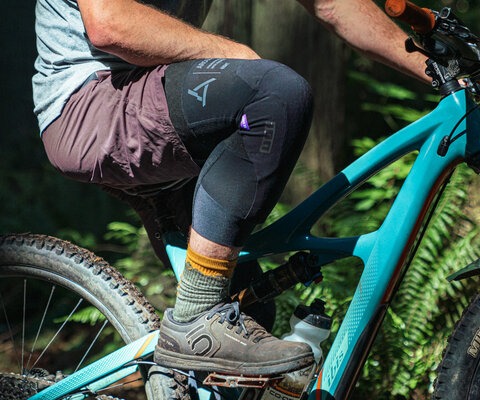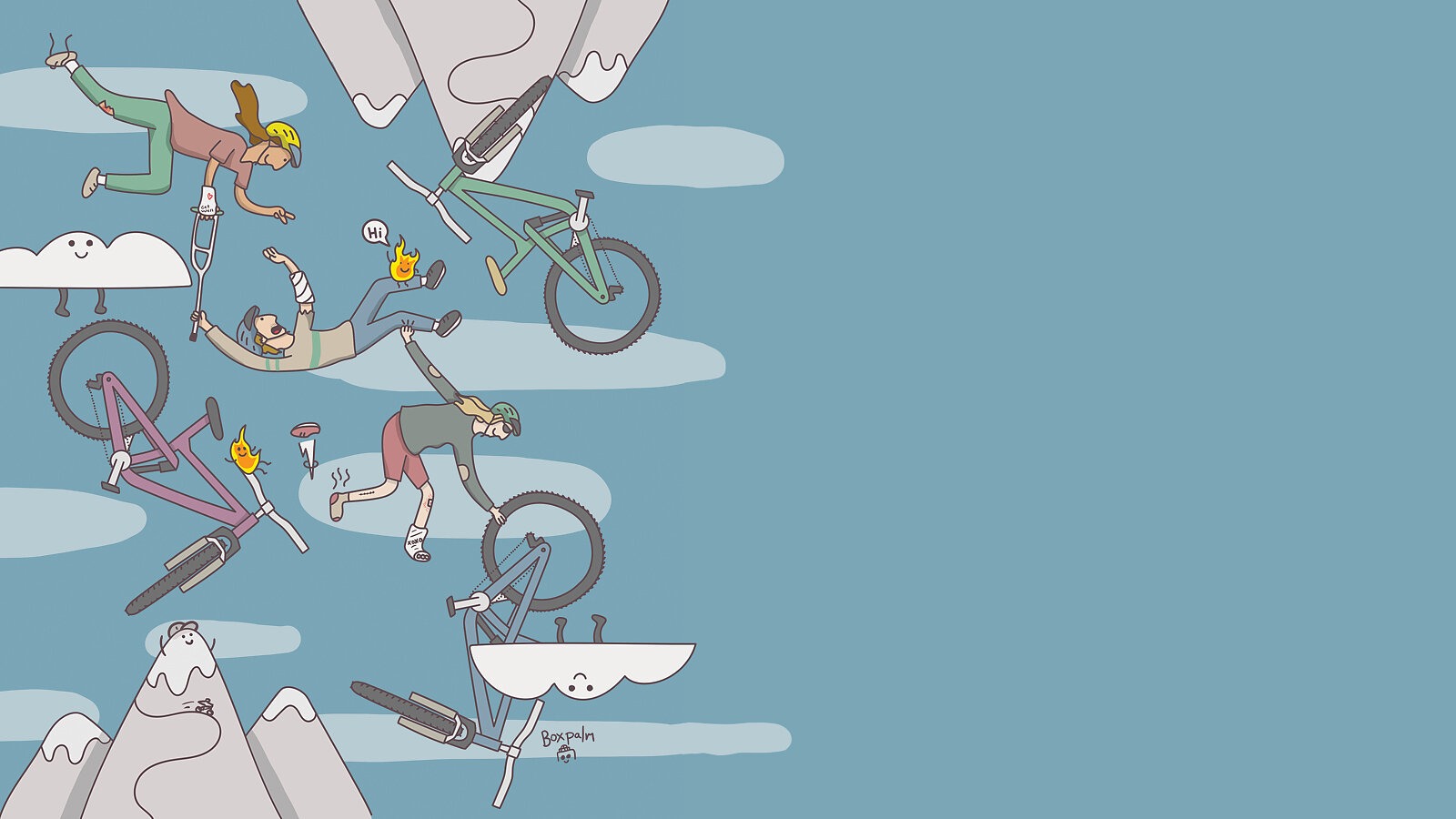
Words by Skylar Hinkley | Photos by Albert Mercado
As soon as Steffi and Micayla began telling me stories about broken bones, collapsed lungs and being paralyzed from the waist down, I thought maybe I was making a mistake.
Who am I to write about getting injured? I’ve had long recoveries and ongoing chronic pain, but I’ve never faced multiple surgeries or known the weight of learning to walk again. The truth is, if it was only my story, I probably would have kept it to myself. But this is bigger than me—this is about all of us.
It started with an unexpected invitation. The email said I had less than 24 hours to make it to Portugal for the ride of a lifetime. The thought of racing to board an airplane felt jarring as I sipped coffee from the cozy confines of a friend’s Copenhagen apartment, slowly recovering from a late night of dancing in Berlin. But adventure called, loudly, and I booked a flight leaving at 4 a.m. the next morning to Lisbon.
As hurried trips go, this was already shaping up to be the kind where if everything went just right, there would still be a strong possibility of calamity along the way. And as the type of guy who doesn’t often get invited to ride in far-flung destinations with professional athletes—my nonexistent networking skills and utterly insignificant role in the bike industry don’t exactly make for many beguiling escapades—I had to pinch myself as I sat shotgun in a taxi with a Portuguese stranger named Hugo as we sped off, chasing only the promise of a good time.
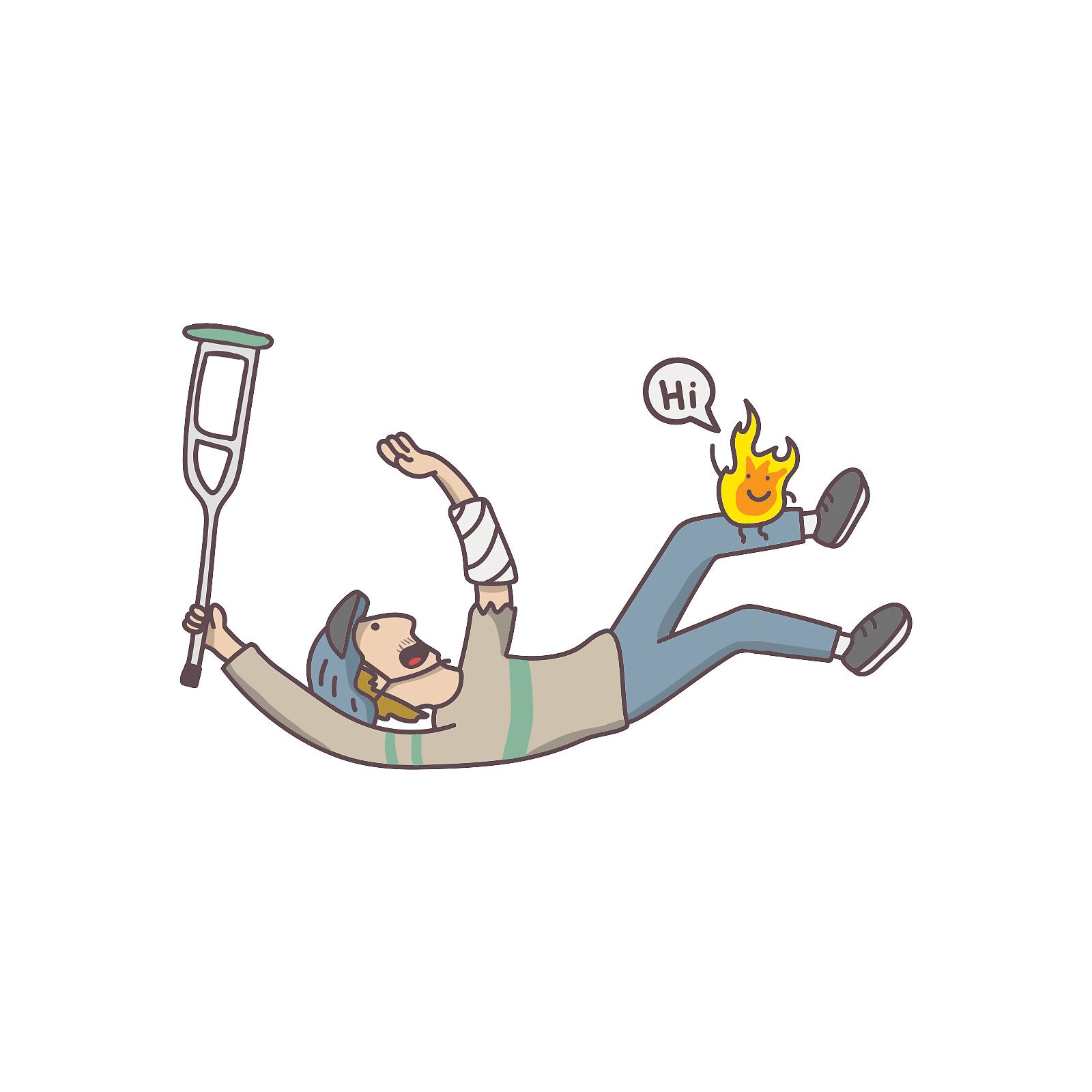
The tires screeched as we wound past pristine castles, somehow accelerating up an inconceivably steep mountain road. At the top, pro mountain bikers Steffi Marth and Micayla Gatto were already there assembling bikes and dancing to bass-heavy house music bumping from a tiny rental car. It was then that I seriously began to question the nature of reality.
It could have been the insane lack of sleep, the rare sounds of a foreign tongue, or getting ready to ride alongside World Cup athletes in the thick morning mist, but looking back now, I was nervous. To make matters worse, I was wearing the cheapest clipless shoes I could find on a rushed trip to a bike shop the day before and riding a rental bike I had never been on. My confidence was out the window. Despite my total disorientation, my worries vanished when we dropped into the first trail of the day. The sensation of rubber crunching into dirt made me whole. There was nothing left to do but ride, and biking, unlike Portuguese, is a language I speak.
Riding the trails in the Sintra Mountains was like catching up with an old friend. The damp sinuous lines twisted tightly through emerald forests and each turn reminded me of home. Stopping to watch the others descend through this beautiful landscape, I couldn’t help but fill with wonder as each new trail revealed the unfathomable amount of diversity that could exist in just one place. Early in the day we descended through rich, moist soil—soft but filled with roots. By afternoon we rolled over fields of smooth granite boulders, thoughtfully eroded into kickers and berms by the rainy season. Then, at sunset, we chased the light through sand and scrub brush, where fragments of bioclastic limestone crumbled from cliffs into the sea.
This place was bursting with life, but somewhere between the forest and the beach, my enjoyment of it all came to a brutal halt. The trail was filled with little two-foot drops to get over drainage ditches, and I’d grown used to following the leader and charging right over them. After a slight bobble, I lost sight of the rider in front just when I was approaching another drop, which meant I carried way too much speed into a right-hand corner to exit the trail. Instead of turning, I went straight off a 15-foot embankment, landing flat on a road. My body buckledover the bike and then flung me onto a small stump. About a foot tall and the size of a big fist, the blunt tree met the weight of my entire body right in the middle of my back. Immediately, my left hand went numb, which was then followed by a rush of adrenaline that overpowered my senses
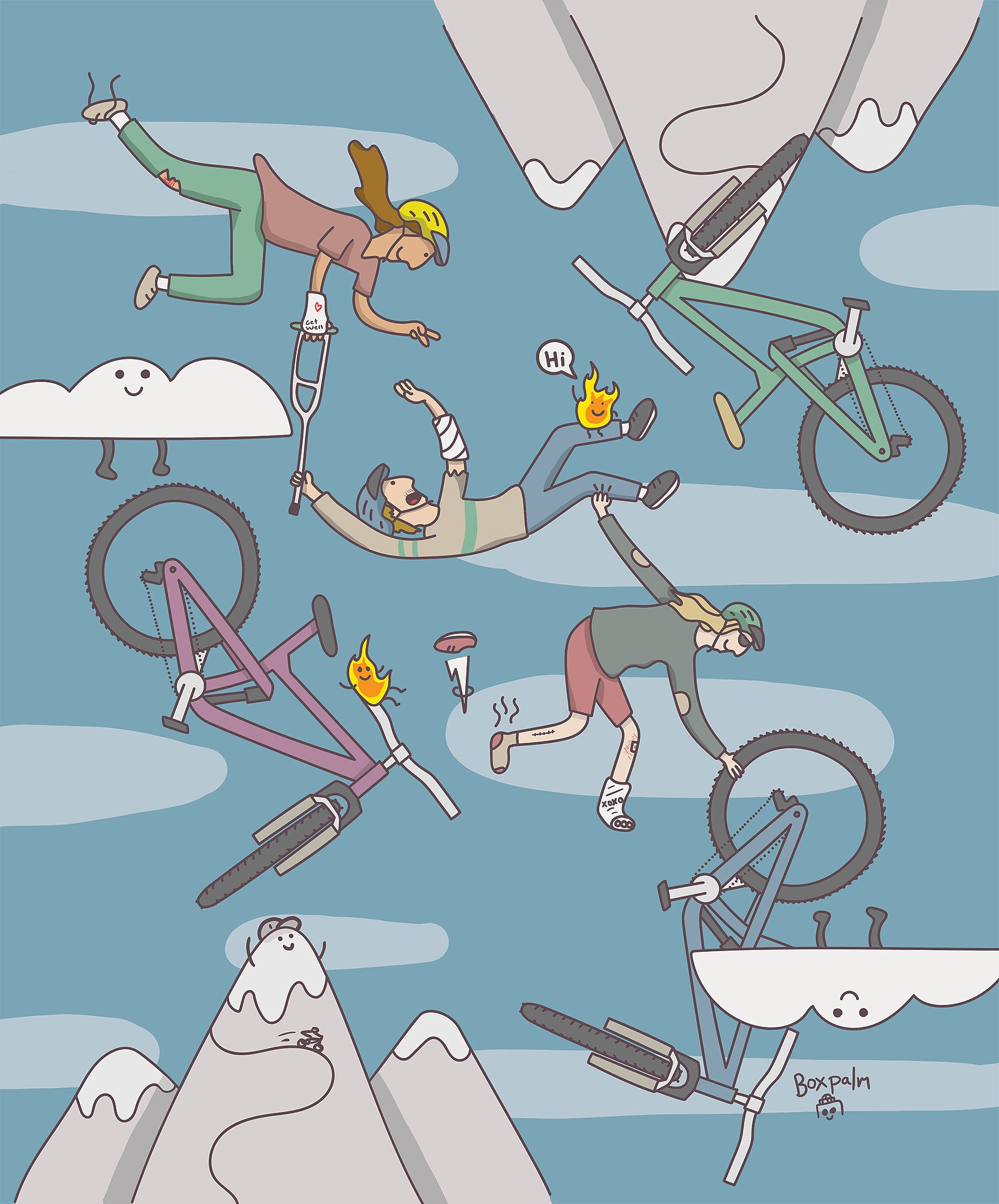
Wrecked, sore and panicked with worry, I left Portugal with a nagging injury as my only souvenir. Once home, I hobbled from one doctor’s appointment to another—from one X-ray and imaging office to the next. Nothing was broken. I should have been happy to hear it, especially considering all the sensation in my hand had come back but, even so, it felt like a let down. I wanted to be able to point to a picture and blame something for the pain I was in. The best doctors came up with was perhaps a dislocation of a rib or two, a relatively minor injury—or at least that’s what I gathered as it was described to me with a shrug. My ambiguous diagnosis left me feeling confused and unsettled. Regardless, I did what was suggested, and got to work with physical therapy. One year later, I was still having to stop what I was doing every day to tend to my pain. I started doing more yoga, acupuncture and massage when I could afford it. I was convinced I could still fix it. I needed to get my body back.
Over two years have passed since my injury in Portugal and it still hurts most days. It’s OK though. Somewhere in the messiness of recovery, I found something more valuable than a cure. I found the strength in my weakness.
Waiting for me was a wisdom my body already knew. As soon as I stopped trying to mentally move past the pain and was able to just sit with it—to let it be—everything got easier. It hasn’t gone away; it has simply ceased to be a problem. Instead of trying to fix it, I started to learn from it. I befriended it.
The blueprints of our bodies have been evolving since the beginning of time. Passed forward by each atom, each molecule, each cell and each organism that came before me, I realize now that my body has long known what my mind can so readily deny: I am OK. This transformation in my thinking is not something I wholeheartedly accepted one day, nor am I able to constantly stay in touch with it. Sharing stories of injury with friends and strangers, talking with various therapists and listening to podcasts is just part of what made shifting my mindset possible. The more time I spend practicing compassion for the collective experience of pain and suffering, the more I feel peace.
Just recently, I finally felt ready to share my story, though I knew it would feel incomplete without consulting a few of the people that were there when it started. Two enormously humble and generous humans, Micayla and Steffi have also spent considerable time reflecting on the role injury has played in their own lives. Both riders have battled back from major injuries, learning to harness their minds and work through the pressures of racing, inevitable falls and general fast-paced living.
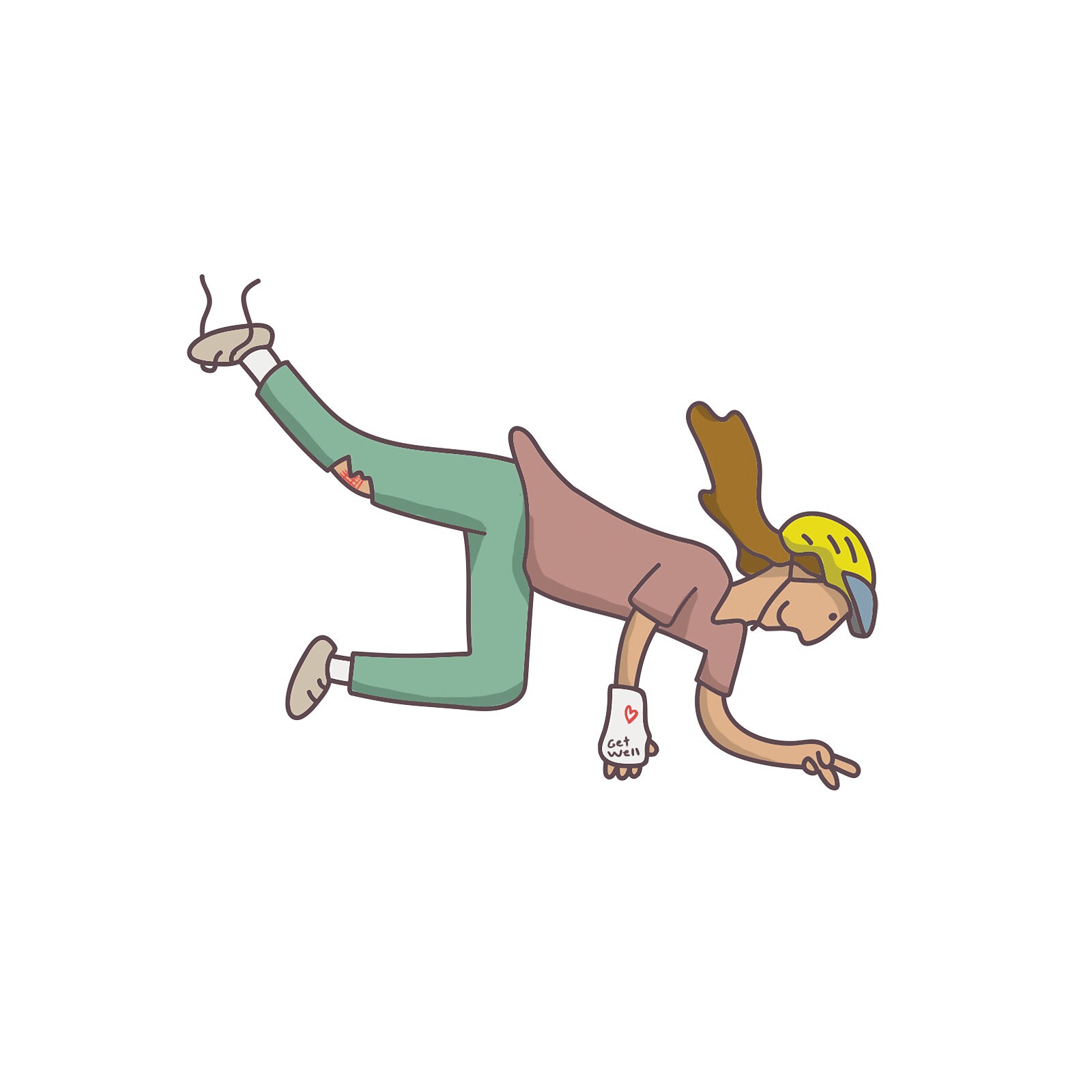
At a fundamental level, crashing slows us down and gives us space and time to look around. This time can also offer moments of stark clarity. Following an injury, Micayla made space to reconnect with the dormant dimensions of her life by making more time for art and her community—living life in “3D” as she puts it. Steffi expressed a similar sentiment, now able to uncover deeper meaning in her work as she incorporates her timeless passions with new goals.
It’s important to acknowledge that we don’t all get to start a wonderful new chapter after we crash. Micayla and Steffi have friends who have been paralyzed, or even lost their lives while riding a bike. The severity of an injury factors greatly into what I’m talking about here. But all stories are intertwined and inform each other with depth and darkness that provides contrast to the light and airy spaces we’re fortunate to sometimes visit in life. If we emphasize mutual support and resilience within our sport, it will be a much better ride.
What matters most among friends in the days and months after an injury is physically showing up. Be it with flowers, a heartfelt personal message, or just some time to hang out, the simple gestures of care that come from getting in touch, and staying in touch, matter far more than a million “likes” on a post of a picture taken at the hospital, or a “get well soon” in the comments section of social media. Even a simple hug can serve as a powerful container for pain, putting boundaries around a feeling of despair that once felt limitless. It can be hard to sit with a friend as they struggle, but that’s just as big an opportunity for strengthening friendship as sharing an epic ride together.
Success can be just as destructive as failure. It’s scary when our bodies fail, but never stopping to be grateful for what we already have can be even worse. When we spend all our time trying to be the fastest, or the furthest ahead, it’s easy to confuse winning with happiness. For me, lasting happiness starts where comparison ends. This the body knows—though it took breaking mine to really find that out. The edge of what we understand, and are comfortable with, is where growth begins. It’s there we find new friends, and if we keep listening, new answers.
